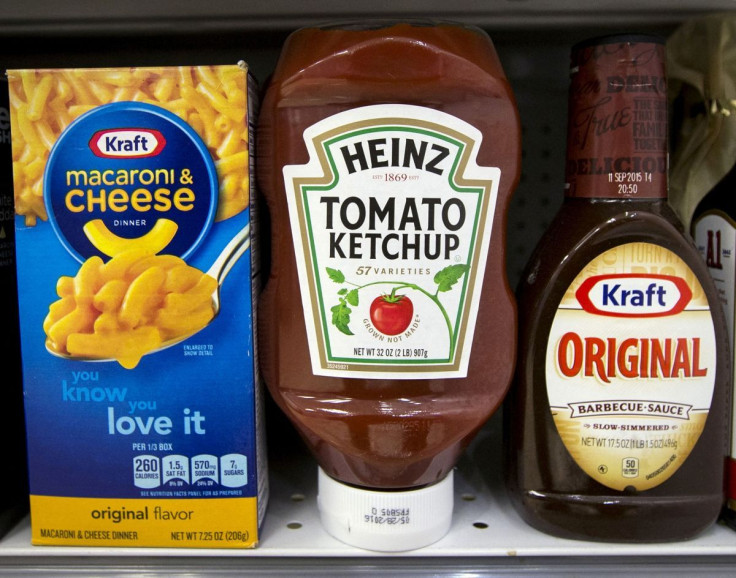Shrinkflation: The Other Inflation That Fools Consumers At The Cash Register

Official inflation numbers do not tell the whole inflation story because they don't count “shrinkflation,” which fools consumers at the cash register.
As inflation becomes part of life, it takes two forms. One of them is the conventional, official price inflation, where the price of a fixed "basket" of goods and services costs more over time.
It's now running at an annual rate of more than 8%.
The other inflation is shrinkflation, where the price of the basket of goods and services remains the same over time, but the items included in it get smaller. Price isn’t just what you pay but what you actually get with it.
Brett Rose, CEO of United National Consumer Suppliers, explained how shrinkflation is often used as an alternative to raising prices in line with market inflation or due to rising production costs.
“While consumers will likely become aware when brands raise their prices, shrinkflation is usually less obvious because it involves downsizing the packaging and products,” Rose told International Business Times. “This means everyday products shrink in size, quantity, or even quality while their prices remain the same.”
Shrinkage inflation often reflects how suppliers deal with rising production costs.
“For example, suppliers used to sell orange juice at $1.99 for a 64-ounce box," Tenpao Lee, a professor of economics at Niagara University, told IBT. "Due to inflation, suppliers shrunk their containers to 59 ounces for the same price. In the same token, toothpicks per pack were shrunk from 100 to 60 per pack, light bulbs from 4 to 2 per pack, toilet paper rolls from 6 to 4 per pack."
Shrinkage inflation isn't confined just to changing the product's packaging features. It extends to changing the quality features.
"A laptop computer may sell at the same price with less speed, memories, or limited software version," said Lee. "Suppliers may also charge extra for items used to be a part of the product package. In other words, there will be no free items that come with the original purchase. For example, if you buy a new car, the floor mats are not free anymore. You purchase furniture, and the deliveries are not free."
Apparently, producers of these products and services try to fool consumers' emotional brains, which hate losses. At the point of purchase, most consumers won't realize that they are getting less of a deal at the same price.
"Shrinkage inflation may create illusions for consumers to ease the pain of inflation," said Lee.
The trouble is that this strategy may backfire for the companies pursuing it once the consumers' rational brain takes over in making decisions.
"Smart and rational consumers may find out by comparing their unit price, especially as we are used to enjoying large quantity discounts at wholesale prices," said Lee.
"Meanwhile, suppliers who apply this strategy may be at the risk of losing their customers, and the change of production processes for new sizes and labels may generate extra costs with minimal savings. Therefore, reputable suppliers should be careful in adopting this strategy."





















